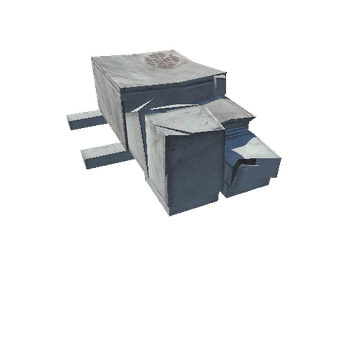Select or drop a image or 3D model here to search.
We support JPG, JPEG, PNG, GIF, WEBP, GLB, OBJ, STL, FBX. More formats will be added in the future.
Asset Overview
The meter presented here is a device used for measuring direct current ampere-hours consumed by a customer. The apparatus is based on a concept developed by Thomas Edison, who used a phenomenon involving the flow of a material with electrostatic properties between electrodes to measure current. The STIA meter is based on a technology patented by Max Gossman in 1922 and uses the hazardous metal mercury. Current flowing through a container of mercury makes it move along a capillary. For a direct current with a fixed voltage, the amount of metal filling the capillary is proportional to the number of ampere-hours consumed by the customer. The design of the device incorporates a base for the counter that is fixed to the dashboard and, mounted on it with a hinge and tilting upwards, a container with a capillary vessel and scale used for reading the meter.
Manufacturer: Schott & Genossen Jena, 1920s-1930s
Inv. No.: MIM1915/IV-126
Model prepared on the basis of photogrammetric measurements.
Licence: CC BY-NC-SA















